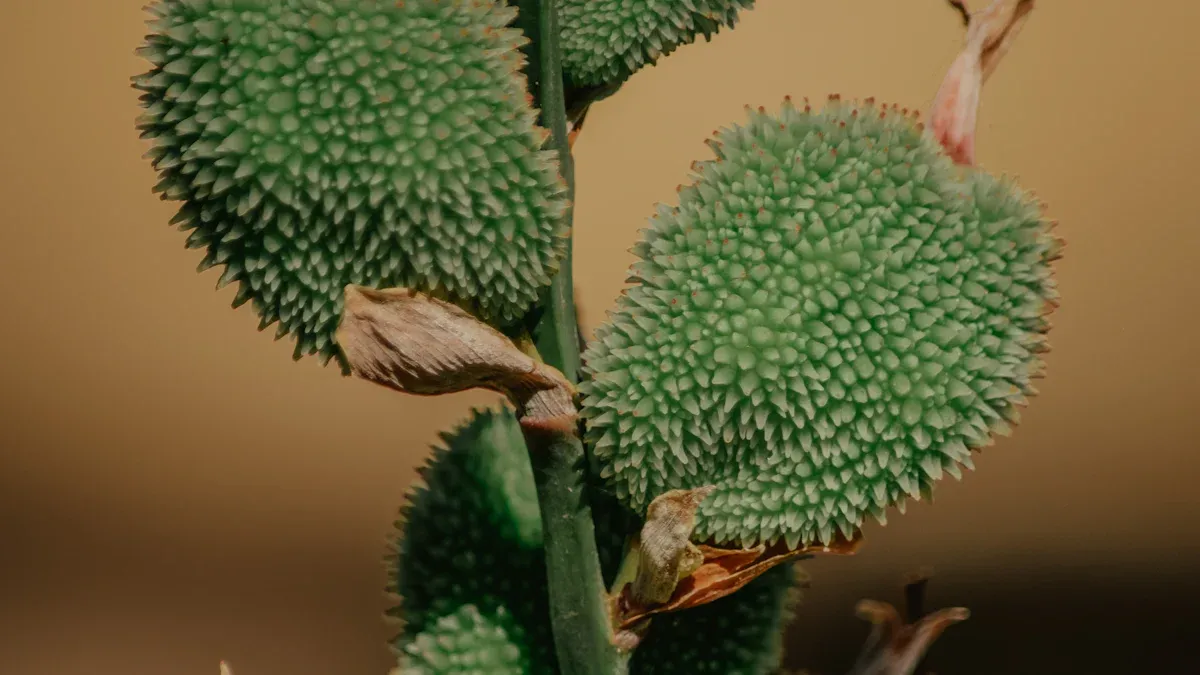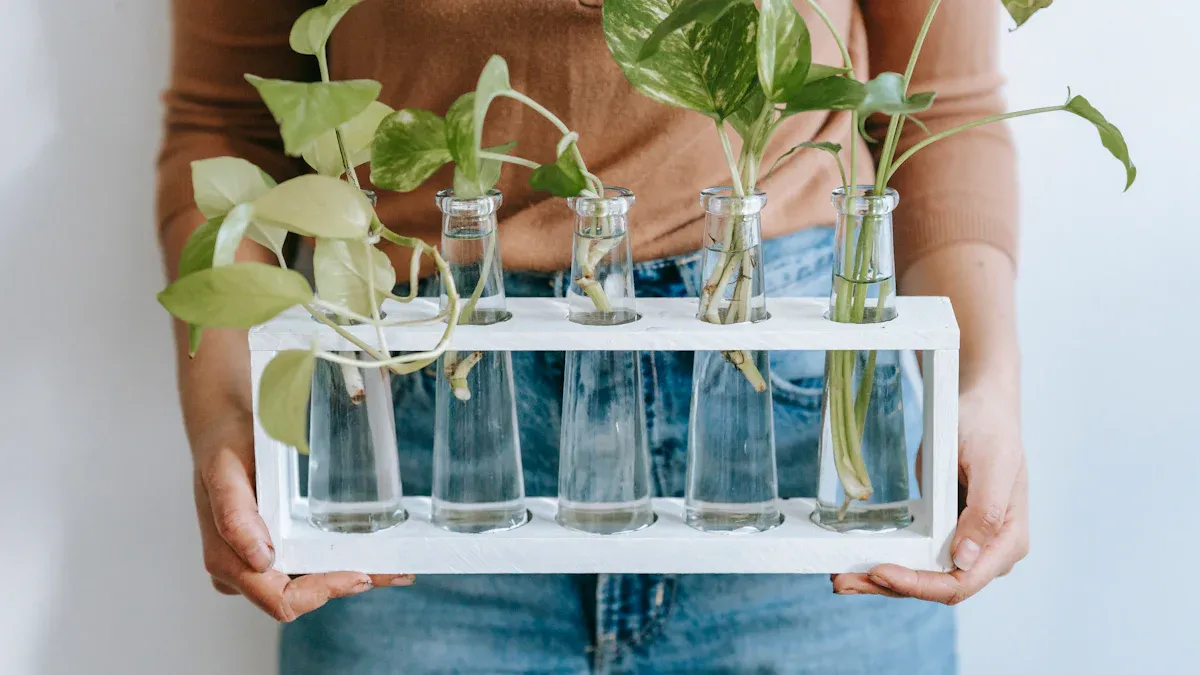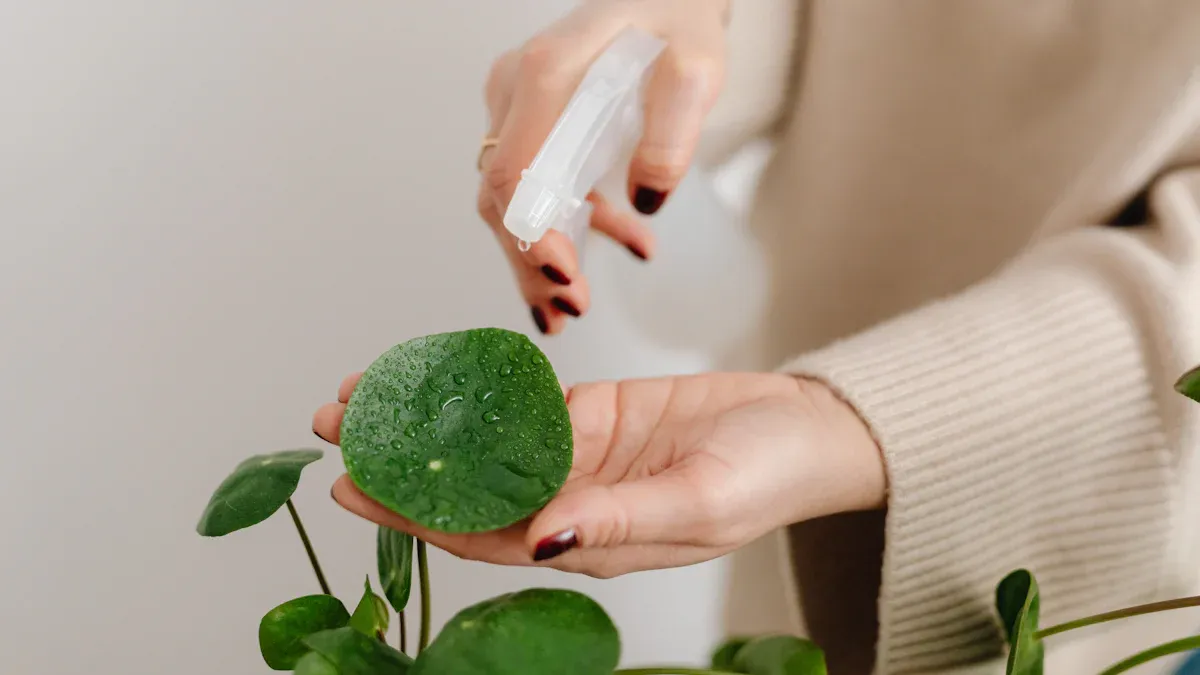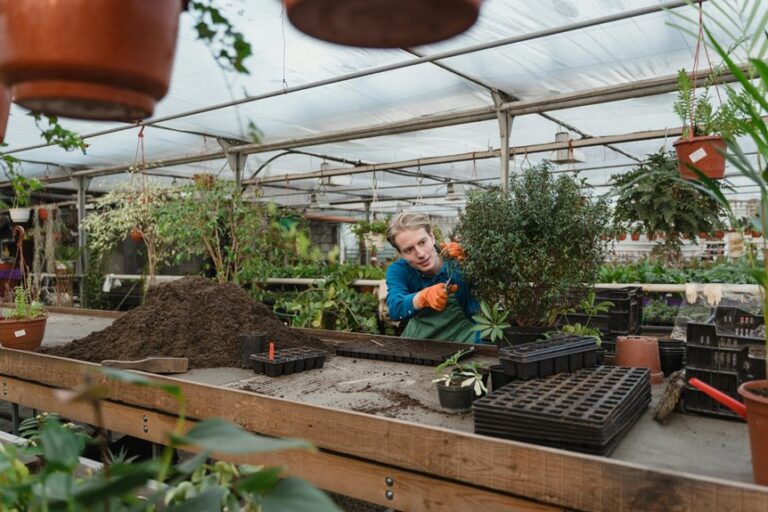
Propagating Euphorbia plants enhances your gardening experience. You can enjoy the satisfaction of learning how to propagate Euphorbia plants from existing ones. Many popular Euphorbia species, like Snow on the Mountain and Crown-of-thorns, thrive when you propagate Euphorbia plants. This process not only expands your collection but also strengthens your connection to gardening.
Key Takeaways
Propagate Euphorbia plants using stem cuttings taken in spring for the best results.
Allow cut ends of cuttings to dry for several days before planting to prevent rot.
Monitor watering carefully; do not water for the first three weeks to ensure healthy root development.
Euphorbia Species
When you think about propagating Euphorbia plants, consider some popular varieties that thrive well in home gardens. Here are a few you might want to try:
Euphorbia Type | Propagation Method |
|---|---|
Evergreen | Self-sow when conditions are right |
Non-evergreen | Divide in early spring or autumn |
Evergreen/Woody | Grow from cuttings in spring |
Euphorbia plants have unique features that make them appealing. They boast unique flowers with tiny, simplified true flowers. Their thick, white sap deters herbivores and can irritate your skin. These plants adapt well to hot, arid climates and come in diverse shapes and sizes.
When selecting a Euphorbia species for propagation, keep these factors in mind:
Consider the size and type of leaves. Larger leaves may require specific cutting techniques.
Evaluate the drying time for cut surfaces. This varies by species; some may need several days, while others require only a short period.
Assess the environmental conditions needed for successful rooting, such as soil temperature and humidity levels.
Determine if the species can be propagated from cuttings or if other methods, like leaf cuttings, are more appropriate.
By understanding these aspects, you can choose the right Euphorbia plant for your propagation efforts.
How to Propagate Euphorbia

Stem Cuttings Method
One of the best ways to propagate Euphorbia plants is through stem cuttings. This method is popular because it allows you to create new plants quickly and effectively. Here are the main steps you should follow:
Timing: Take your cuttings in spring, just before the plant starts to bloom. This timing helps ensure that the cuttings root successfully.
Cutting Length: Use cuttings that are at least 1 inch long. Aim for healthy stems that are firm and free from disease.
Preparation: Remove several leaves from the bottom of each cutting. This helps the cutting focus its energy on root development rather than sustaining leaves.
Tip: Always wear gloves when handling Euphorbia cuttings. The milky sap can irritate your skin.
Preparing for Cuttings
To prepare for taking cuttings, gather the necessary tools and materials. Here’s what you will need:
Clean, sharp pruning shears
Gloves to protect against sap
A 4-inch pot filled with well-draining soil or potting mix designed for cacti and succulents
Rooting hormone (optional)
Once you have your materials ready, follow these steps to maximize your success:
Make the Cut: Use your pruning shears to trim a 6-inch long stem. Ensure the cut is clean to prevent damage to the plant.
Drying: Allow the cut end to dry and callus for several days. This step is crucial as it helps prevent rot when you plant the cutting.
Rooting Hormone: If you choose to use rooting hormone, dip the cut end into it. This can enhance root growth and improve your chances of success.
Planting: Insert the calloused end of the cutting into the prepared potting mix. Make sure it is secure and upright.
Watering: Water the cutting lightly to moisten the soil. Avoid overwatering, as this can lead to rot.
After planting, keep the cuttings out of direct sunlight for at least a week. Gradually acclimate them to partial sunlight. Monitor the cuttings closely for signs of growth. You should see roots developing within two to four weeks.
By following these steps, you can successfully propagate Euphorbia plants using the stem cuttings method. This approach not only expands your garden but also gives you the joy of nurturing new life from your existing plants.
Aftercare for Cuttings

After you propagate Euphorbia plants, proper aftercare is essential for their success. You must pay attention to watering and light conditions to ensure healthy growth.
Watering Requirements
Watering your Euphorbia cuttings correctly is crucial. Follow these guidelines for optimal results:
Initial Dry Period: Do not water your cuttings for the first three weeks. This helps prevent them from sitting in wet soil, which can lead to rot.
Check for Roots: After three weeks, gently tug on a cutting. If you feel resistance, roots have started to form.
Watering Technique: Once you detect root resistance, place the pot in a shallow dish of water. Allow the topsoil to become damp but avoid soaking the entire pot.
Ongoing Watering: Wait until the top 1/4 inch of soil is dry before watering again. This practice keeps the soil consistently damp without becoming soggy.
Light Requirements
Light plays a significant role in the growth of your Euphorbia cuttings. Here’s what you need to know:
Bright, Indirect Sunlight: Euphorbia cuttings thrive in bright, indirect sunlight. This light condition promotes healthy growth without causing damage.
Avoid Direct Sunlight: Initially, keep your cuttings out of direct sunlight. Direct exposure can stress the young plants and hinder their development.
Monitoring Growth and Health
Monitoring your Euphorbia cuttings is vital for their long-term health. Here are some tips to help you keep track of their progress:
Observe Light Conditions: Ensure your cuttings receive bright, indirect sunlight for optimal growth.
Watering Schedule: Water your cuttings when the top layer of the potting mix is dry. Maintain consistent moisture without overwatering.
Temperature and Humidity: Place your cuttings in a warm area, away from drafts and vents. Consider the humidity preferences of specific Euphorbia cultivars to create a suitable environment.
Root Development: Expect roots to develop within two weeks. Monitor the cuttings closely during this period.
By following these aftercare steps, you can ensure the success of your Euphorbia propagation efforts. Proper watering, light conditions, and monitoring will help your cuttings thrive and grow into healthy plants.
Troubleshooting Issues
When propagating Euphorbia plants, you may encounter some common issues. Understanding these problems can help you find effective solutions. Here are a few challenges you might face:
Cuttings Fail to Root: This issue often arises due to improper light or watering conditions. Euphorbia cuttings require bright, indirect sunlight. You should water the cutting only when the top layer of the potting mix is dry. Maintaining consistently damp soil without making it soggy is crucial. Additionally, place the cutting in a warm area, avoiding drafts and vents.
Overwatering: Overwatering can lead to root rot, a common problem for Euphorbia cuttings. To manage this, use well-draining soil to prevent water retention. Always check soil moisture before watering to avoid overwatering. Allow the soil to dry out completely between waterings.
Pests and Diseases: While Euphorbias are generally resistant to pests, they can occasionally be affected by mealybugs or spider mites. Regularly inspect your cuttings for any signs of these pests. If you notice any, treat them promptly with insecticidal soap or neem oil.
By addressing these issues proactively, you can improve your chances of successfully propagating Euphorbia plants. Remember, patience is key. With the right care, your cuttings will develop strong roots and thrive.
Propagating Euphorbia plants is simple and effective. You can use stem cuttings to achieve success in just a few weeks. Remember to use clean tools, let cuttings dry, and provide well-draining soil. 🌱 By following these steps, you can expand your garden and enjoy the process. Try propagating Euphorbia today and share your experiences with fellow gardeners!
FAQ
What is the best time to propagate Euphorbia plants?
You should propagate Euphorbia plants in spring, just before they bloom. This timing promotes successful rooting.
How long does it take for Euphorbia cuttings to root?
Euphorbia cuttings typically develop roots within two to four weeks, depending on conditions.
Can I use regular potting soil for Euphorbia cuttings?
No, use well-draining soil or a mix designed for cacti and succulents. This prevents overwatering and promotes healthy growth.


